"Together is Better" is the title of Simon Sinek’s recently published book. If you don’t know who Simon Sinek is, you should read his first book: “Start with Why”. He has made those words very famous and people around the world: leaders, marketers and influencers use it. I use it. That’s how I plan to change our focus to One Industry.
For 25 years I have watched this industry develop into what it is today. From helping my dad organize phenotypic data for a very small Breed Association, to being part of the team that built the First Bovine Chip (the 50k) and Decoded the Bovine Genome - to empowering, watching and cheering on American, Canadian, European, Latin American and Brazilian Organizations as they progress in adopting – in different levels - Genomics and Biotechnology, and I can say that we have all done a great job and we should be very proud of what we have accomplished so far.
A brief history
You may or may not know this story, but in 2012 we were just barely scratching the surface of genomics implementation. We had spent - as an Industry - millions of dollars on genomics research, genotyped hundreds of thousands of animals (World Wide), decoded the Bovine Genome; the American and the Canadian Dairy industries had already released GE-PTAs, and only one American Beef Breed had released GE-EPDs.
That same year several breed executives, breeders, laboratories and geneticists decided to grab the bull by the horns (pun intended) to strategize a path for GE-EPDs implementation. Many of those meetings took place as part of the NBCEC (National Beef Cattle Evaluation Consortium) workshops. The database of phenotypes was existent in every Breed Association and Genetic Evaluation Company, and a growing database of equally important information was brewing: the genomics database. Note that I say equal: You can’t have GE-EPDs without EPDs. No phenotypes, no genotypes, no service.
We watched as thousands of samples came in. We were working out animal Ids to make sure samples weren’t duplicated. Working back and forth with each of the Breed Associations’ staff members to simplify the plan. That was the so-called “Tipping Point” for all of us.
Fast forward a few years later and the landscape has changed. Genomics was a major disruptor (in a great way!!) for our industry. In those short years, we saw the rise of a new movement and the kick start of a new Era. We have seen organizations skip years in business development because they collaborated in the correct way and put their self-interest aside.
Technology training
I couldn’t tell you how much joy it brings me when I talk to producers (SeedStock and Commercial) that are excited to start using the technology. A few months ago, after attending a Convention in Mexico, I received a photo from a breeder that showed hundreds of blood cards that he had collected. He was eager to start sending samples to be genotyped, even though his Breed Association is not quite ready to deploy GE-EPDs. He understood and He believed in the Technology. The belief in the technology is only possible when you create a system that empowers people to learn, to ask and to do their own due diligence.
Technology implementation goes hand in hand with the training process: the training of the current and of the next generation of Ag leaders. We are all leaders here. We have a duty to continue to empower our neighbors, colleagues, customers and ourselves so that we can learn how to take it to the next level. Did you know that we are the average of the 5 closest people that we interact with?
Imagine trying to sell your GE-EPD bull to your customer who hasn’t heard about GE-EPDs? That’s a tough sell, isn’t it? So, what’s your plan to empower your customer to know about your product? How will you become your customer’s Trusted Advisor? Education is power to make informed and confident decisions for your operations and for becoming a trusted advisor to your customers.
That’s a big World out there and we do have a very fragmented industry. We have many breeds that have adapted to many environments and selected for many different purposes. That’s the beauty of genetic diversity. We should not allow that to become our downfall, but rather our advantage.

